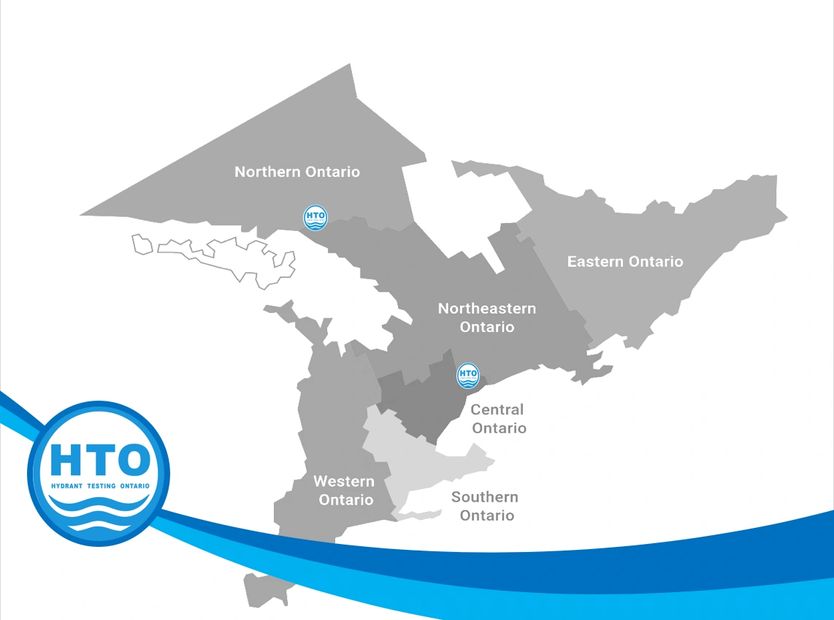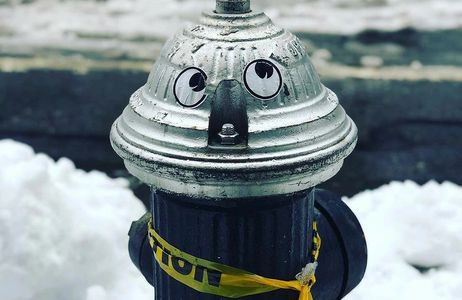About Us

HTO has 30 years experience in the Municipal Water and Wastewater industry both Nationally and Internationally. Our focus is to provide quality dependable Operational Support Services to our Clients to meet Regulatory Compliance, Performance Testing and the continuity of essential Fire Protection Services
Our Services
Our Service Area

Contact Us
Our customers are important to us. Please feel free to ask us any questions so we may help you.
Hydrant Testing Ontario
Hours
Open today | 09:00 a.m. – 05:00 p.m. |
Hydrants

A fire hydrant is an active fire protection measure, and a connection point by which firefighters can tap into a water supply.

They are an indispensable facet of the overall fire protection features of a building.

Hydrants primary purpose is to provide water for the fire protection of buildings and controlled for the protection of drinking water; they are useless unless regularly maintained.

Fire hydrants spend most of their time unused and ignored, yet they are called upon in a moment’s notice for fire protection or to protect drinking water

Owners are responsible for testing and maintenance of and assumes all liability for the proper operation of hydrants

Including the marking painting and flagging of hydrants.

Public hydrants are painted as per the fire code / NFPA and are valuable information to firefighters and water distribution personnel
About Hydrant Flow Testing

What is A Fire Hydrant Flow Test?
A hydrant fire flow test is a process of flowing water out of a fire hydrant while obtaining the required pressures (static, residual) needed to calculate the amount of water that the water system is capable of providing @ 20 psi.
Who Needs Fire Hydrant Flow Test Data?
Water System owners, Municipalities, First Nation, Civil Engineers, Fire Protection Engineers, Mechanical Engineers, Fire Departments, Water Purveyors, Corporate and Private Contractors, Land Developers
How often should Public Fire Hydrants be Flow Tested?
NFPA-291, 2024 edition states that “public fire hydrants should be flow tested every 5 years” and that they “should be flushed at least annually”. Local Acts & Regulations require system flushing Spring and Fall.
How often should Private Fire Hydrants be Flow Tested?
The International Fire Code 2015 edition states that private fire hydrants shall be flow tested annually.
NFPA Hydrant Classifications
BLUE
GREEN
GREEN
Rated: AA++
Greater than 2999 US gal/min
@ 20psi
GREEN
GREEN
GREEN
Rated: AA
Greater than 1499 US gal/min
@ 20psi
ORANGE
ORANGE
ORANGE
Rated: A
1000 - 1499 US gal/min
@ 20psi
RED
ORANGE
ORANGE
Rated: B
500 - 999 US gal/min
@ 20psi
Hydrant Maintenance

INSPECTION AND CONDITION
Hydrants should be inspected at least semi-annually and after use. The inspection should include operation at least once a year. Where freezing temperatures occur, the semi-annual inspections should be made in the spring and fall of each year. Because of the possibility of freezing they should be checked frequently during extended periods of severe cold. Hydrants should be kept in good condition and suitable records of inspections and repairs be maintained. Hydrants should be painted in highly visible colours so that they are conspicuous and be situated with outlets at least twelve inches above the grade. There should be no obstruction that could interfere with their operation. Snow should be cleared promptly after storms and ice and snow accumulations removed as necessary.
In Action
Hydrant Fire Flow Testing
Hydrant Fire Flow Testing
Hydrant Fire Flow Testing
Hydrant Fire Flow Testing
Hydrant Fire Flow Testing
Proud Members of



